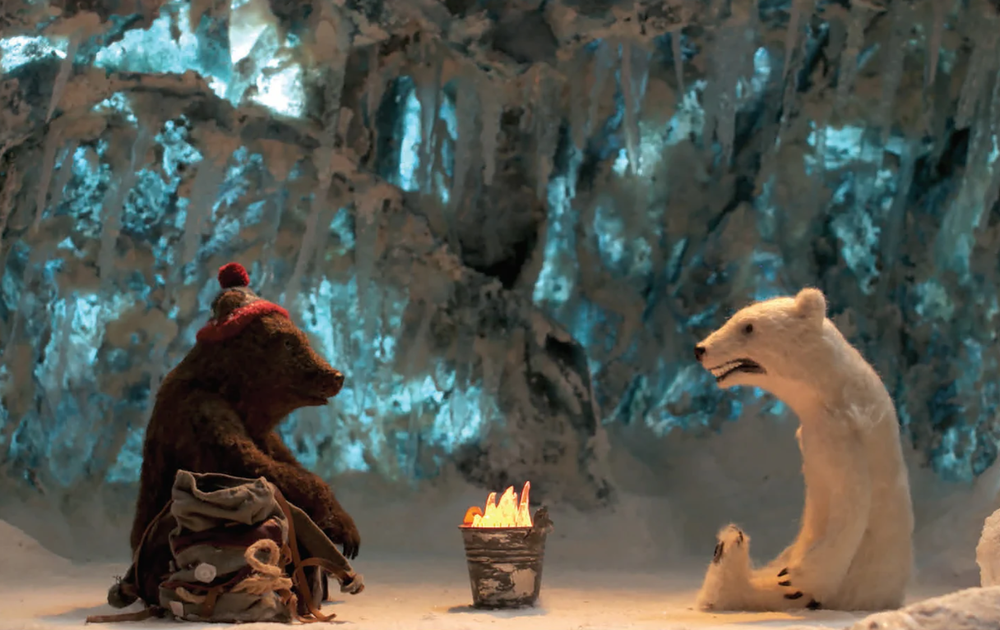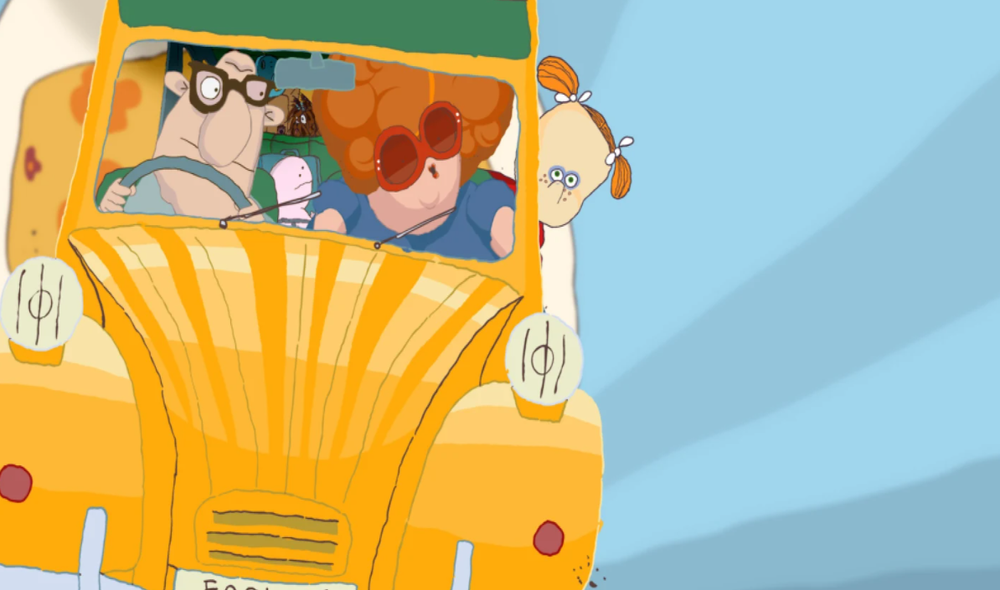The manifold contributions that women have made to the world of science are an undeniable part of humanity's history of scientific progress. And while more and more efforts are being made to ensure these heroines receive the credit and acknowledgement they are due, many of the female faces behind the inventions that shaped us all remain hidden.
This is why on the occasion of today’s International Day of Women and Girls in Science, we have opened up a whole new experience on Google Arts & Culture’s Women in Culture hub. We’d like to invite you to start your exploration by getting acquainted with five past and contemporary women of science that you should know:
Get inspired by many more women and girls in science on our Women in Culture hub and browse further to explore other fields beyond science in which female trailblazers made an impact; from civil rights to sports, from arts to fashion and much more on Google Arts & Culture and on our iOS and Android App.
If you know a woman in science, today is the day to celebrate them — although everyday should offer an opportunity to appreciate and highlight the achievements of women in the workplace and beyond. Check out the #IamRemarkable project to get inspired on how to make their voices heard.



